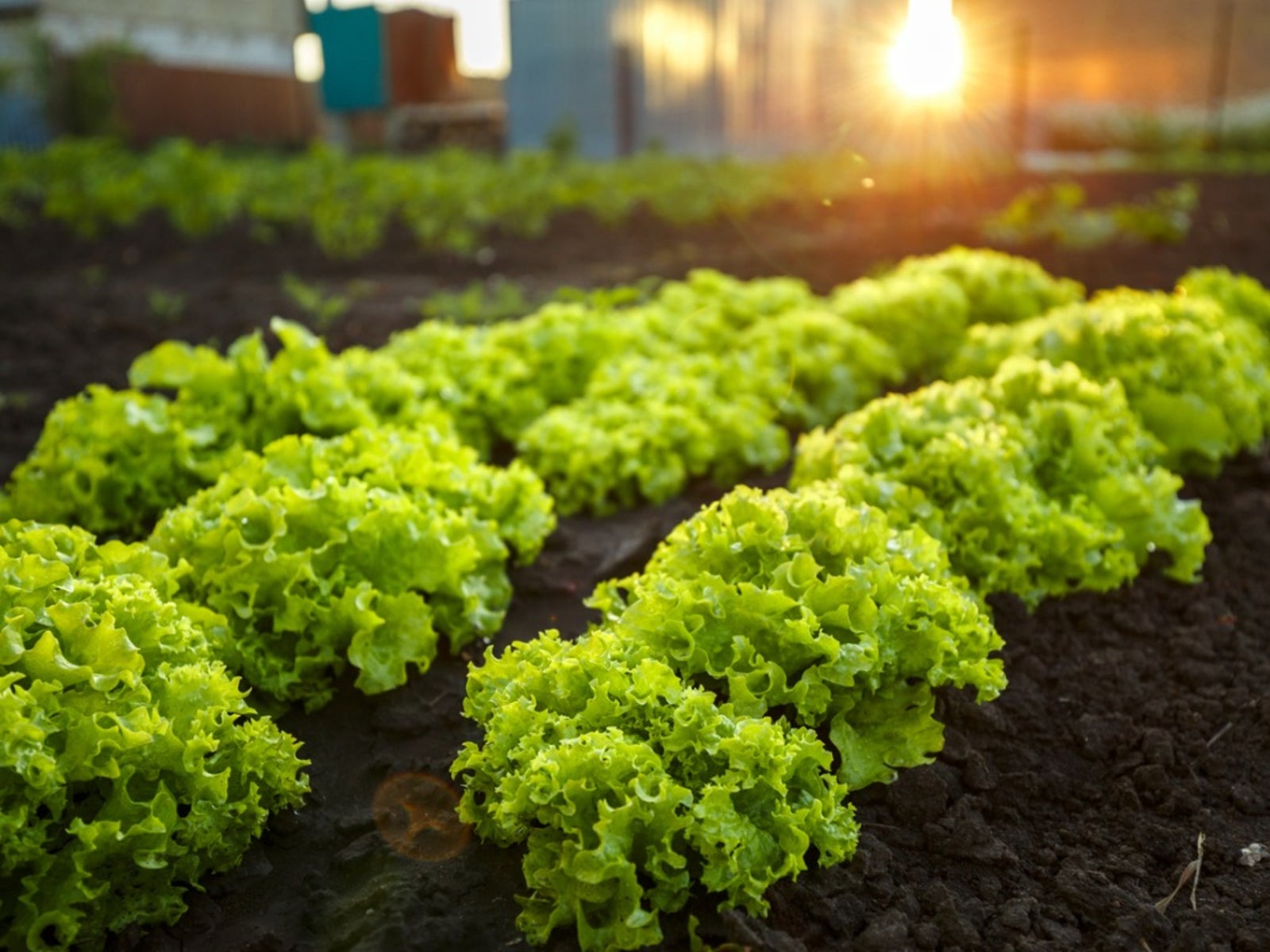The Vegetable Garden: Elements For Successful Vegetable Gardening


The fresh, mouthwatering flavor of home-grown vegetables is nearly unbeatable, and there is nothing more satisfying than harvesting vegetables from a garden that you have planted, cared for, and watched grow. Let's learn more about growing vegetable plants.
Growing Conditions for Vegetables
When it comes to vegetable gardening, the most important elements to focus on are soil, sunlight, plant types, and maintenance.
Soil for Vegetables
The soil in the vegetable garden should be loose and include organic matter. Organic matter improves soil by releasing nitrogen, minerals, and other nutrients needed for healthy plant growth. Composting is a great way to add fertility to poor soil areas. Nearly any plant material can be composted and used in the garden. Kitchen waste such as fruits, vegetables, eggshells, or coffee grounds can be used as well as leaves, lawn clippings, and straw. The soil should also provide adequate drainage; therefore, it may be necessary to locate your garden in an area that does not permit vegetable plants to sit in overly saturated sites.
Sunlight Requirements
Another consideration in site location is the amount of sunlight. While some vegetables may tolerate small amounts of shade, most crops depend on at least eight hours of full sun in order to grow properly and maintain overall health. A gentle slope facing south helps earlier crops get started. Try to avoid areas with extreme wind conditions, however. If there is no other alternative because of your particular landscape, then try to incorporate some type of barriers such as a fence, hedge, or tree to protect your crops but be sure to keep any hedges or trees at a safe distance, as they can either cast too much shade onto the garden or compete with crops for nutrients or moisture.
Vegetable Plants
The types of plants must suit the climate requirements as well. It is usually a good idea to familiarize yourself with the different types available and their individual needs. For instance, vegetables generally fall within one of four types: hardy, half-hardy, tender, and extremely tender.
- Hardy - These types of plants can normally tolerate temperatures below freezing and are usually the first to be put into the vegetable garden. Hardy varieties include onions, radishes, broccoli, cabbage, and asparagus.
- Half-hardy - These types can tolerate light frosts and can be put into the garden slightly before the last frost is expected. Half-hardy varieties include beets, carrots, cauliflower, lettuce, and potatoes.
- Tender - Tender crops do not tolerate cooler temperatures and are easily damaged by frost. As a result, these should not be put into the vegetable garden until well after any danger of frost. Corn, beans, and tomatoes typically fall into this category.
- Extremely tender - The most tender of all crops includes the vine growers like cucumbers, melons, squash, and pumpkins. A temperature of at least 65 degrees F. (18 C.) or more is required for these types of vegetable plants. For this reason, a three- to four-week period after all frost has passed is needed before placing them into the garden.
Maintaining the Vegetable Garden
Maintenance is important for vegetable gardening too. Avoid planting too many vegetable plants or those with which you are unfamiliar. The inability to properly maintain a vegetable garden leads to poor growth and development of crops as well as an unkempt appearance. Once the harvest season is over, the removal of dead plant material is recommended for the prevention of pest or disease problems later on. Pests and diseases include weeds, insects, fungi, bacteria, viruses, and nematodes. A garden cannot grow properly if any of these are present and should be alleviated quickly once a discovery is made. Now that you know the proper growing conditions for vegetables, you can try your hand at beginning a vegetable garden of your own.
Sign up for the Gardening Know How newsletter today and receive a free copy of our e-book "How to Grow Delicious Tomatoes".

Nikki Tilley has been gardening for nearly three decades. The former Senior Editor and Archivist of Gardening Know How, Nikki has also authored six gardening books.